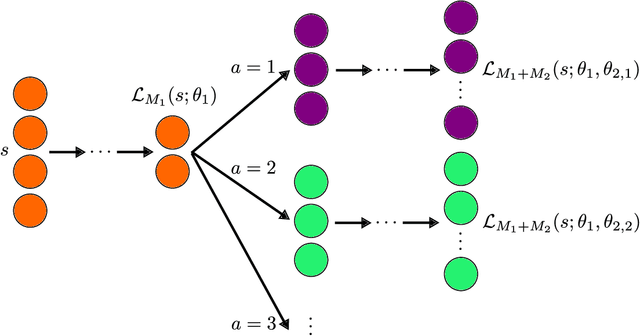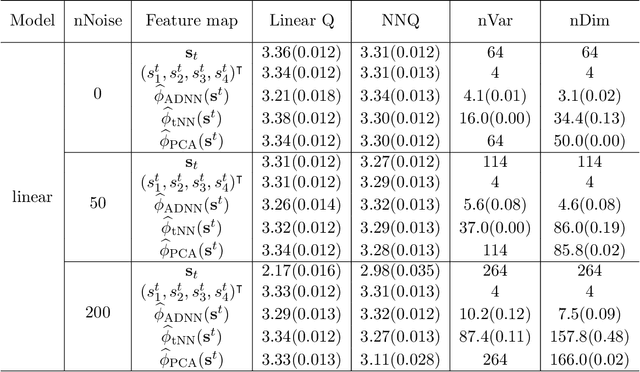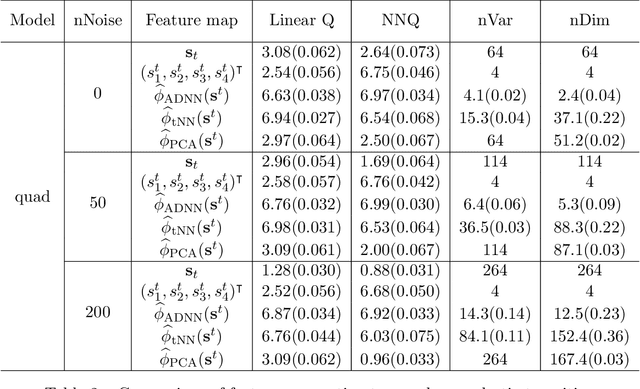Sufficient Markov Decision Processes with Alternating Deep Neural Networks
Paper and Code
Mar 17, 2018



Advances in mobile computing technologies have made it possible to monitor and apply data-driven interventions across complex systems in real time. Markov decision processes (MDPs) are the primary model for sequential decision problems with a large or indefinite time horizon. Choosing a representation of the underlying decision process that is both Markov and low-dimensional is non-trivial. We propose a method for constructing a low-dimensional representation of the original decision process for which: 1. the MDP model holds; 2. a decision strategy that maximizes mean utility when applied to the low-dimensional representation also maximizes mean utility when applied to the original process. We use a deep neural network to define a class of potential process representations and estimate the process of lowest dimension within this class. The method is illustrated using data from a mobile study on heavy drinking and smoking among college students.
 Add to Chrome
Add to Chrome Add to Firefox
Add to Firefox Add to Edge
Add to Edge